With Paul Belasik
Have you read about the first building block TRUST – here
or the second block, COMMUNICATION – here
and the third BALANCE – here
There is probably no concept more important, more hardwired into classical dressage than collection. Practically every author from Grisone on down will have repeated references to and instructions about putting the horse upon the haunches.
Collection naturally grows out of the mastery of the longitudinal field of balance. It is difficult and strenuous and needs a lot of preparation in order to be correct. Modern riders are apt to dismiss Grisone’s advice on the qualities of the backs of horses. When he talks about a back that is “firm, steady, flexed,” “an iron horse,” and then the best quality of all, not only firm and flexed and steady but always collects his hindquarters. Today as soon as riders feel the backs of horses firm up, they panic, come up in the rising trot, lower the neck, and are told to ‘ride the horse over the top.’
Yet it is precisely this core strength that Grisone is talking about that is lacking in so many modern dressage horses and training systems. It is why we see so many upper level horses which roll or balancé, or which show axial twisting along the spine when asked for high collection. (for more about the concept of Balancé see Paul’s little video here)
Collection should not be misconstrued with rhythm. Just as vibrato is a quality of music or voice, it is useless if the singer is off key. Rhythm is a quality of collection, but it is useless window dressing if the balance in incorrect and there is no shifting of weight or ‘sitting’.
When there is no demonstration of this longitudinal mastery, the dressage is not classical – it’s counterfeit.
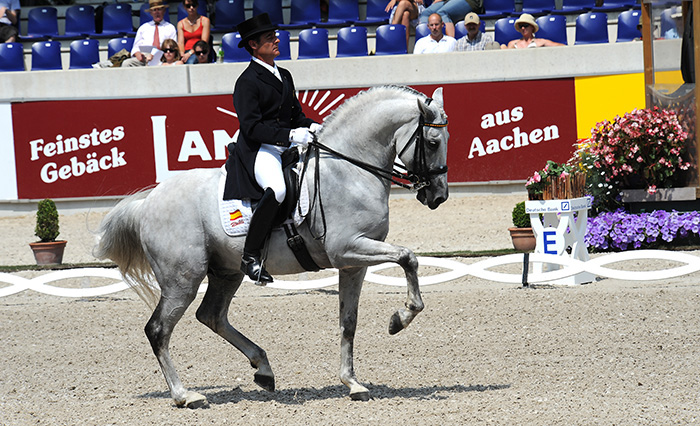
story continues below the advertisement
In collection, the muscles of the hind end flex and extend the hind legs. This huge piston like action is controlled by the gluteals, biceps, and quadriceps femoris. It is the motor of the horse and the source of so much of its power. This great motor must be swung forward and brought under the mass of the horse in order to lift it and propel it upwards and forwards. Otherwise, the hind legs could simply pump up and down working like mad but to no avail. In the horse’s skeleton, the lumbo-sacral joint is a hinge point. Perhaps the most important muscles for collection are the iliopsoas and psoas. These muscles work deep inside the horse’s body and operate that hinge. With the help of the abdominals, they will lower the pelvis and bring the great motor of the hind legs under the mass and then when these legs drive off the ground, the iliopsoas and psoas will again brace so that the lower back and stifles don’t get overextended and end up bearing all the force or letting the power escape.
At the front end of the horse, the brachiocephalicus and omotransversarius the big throaty muscles on the underside of the neck help to pull the forelegs up and forward. They connect from the shoulder area towards the head. If the neck is not fixed up and forward, they will overpower the neck and pull the head down. When the neck is fixed in a strong upward arch, when the horse is correctly on the bit with the poll at the highest point and the face about on the vertical or slightly ahead, then they forelegs can be lifted. The secret is that the base of the neck must be up.
Finally, no matter how much the hind end curls under, no matter how perfect the neck position and how perfectly the front end works to elevate the forelegs, you cannot have collection until both ends are connected. Traction and connections of the longissimus, latissimus, psoas, multifidi, spinalis, and splenius draw the topline together but this action must be counter balanced by the abdominals.
This precise symphonic muscular effort by the horse can by undone by bad riding all along the chain – bad hands, a rough seat, bad balance. So the rider should have been learning to collect as well. Hours of physical practice, much mindfulness, the rider focuses on the task at hand. Their position lets them enter a flow state.
This series celebrates the launch of Paul Belasik’s latest project – a wall poster that chart the history and heritage of the classical tradition of dressage
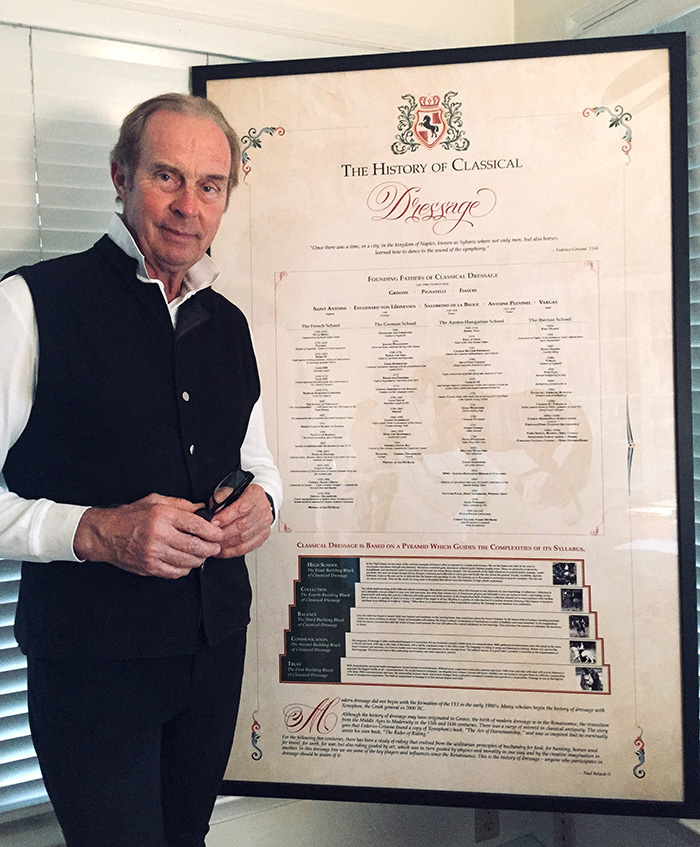
Iif you would like to order the poster:
https://paulbelasik.com/index.php/product/the-classical-training-scale-and-history-poster/
Did you miss the first article in this series? https://www.horsemagazine.com/thm/2020/10/paul-belasik-charts-the-heritage-of-dressage/
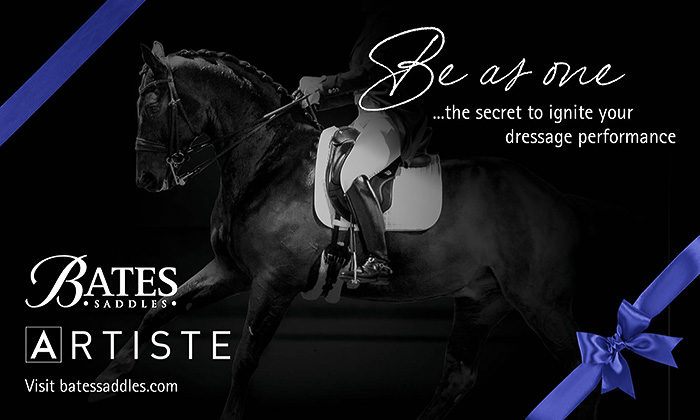



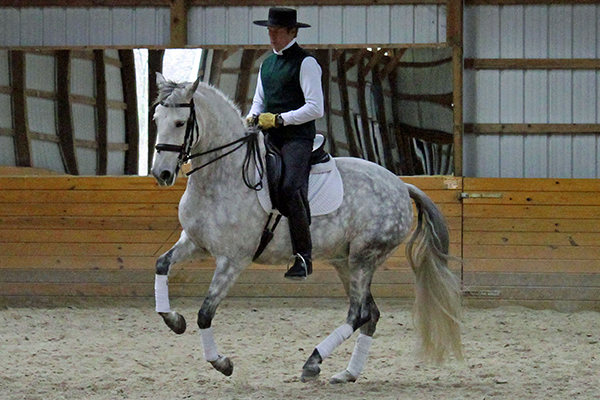
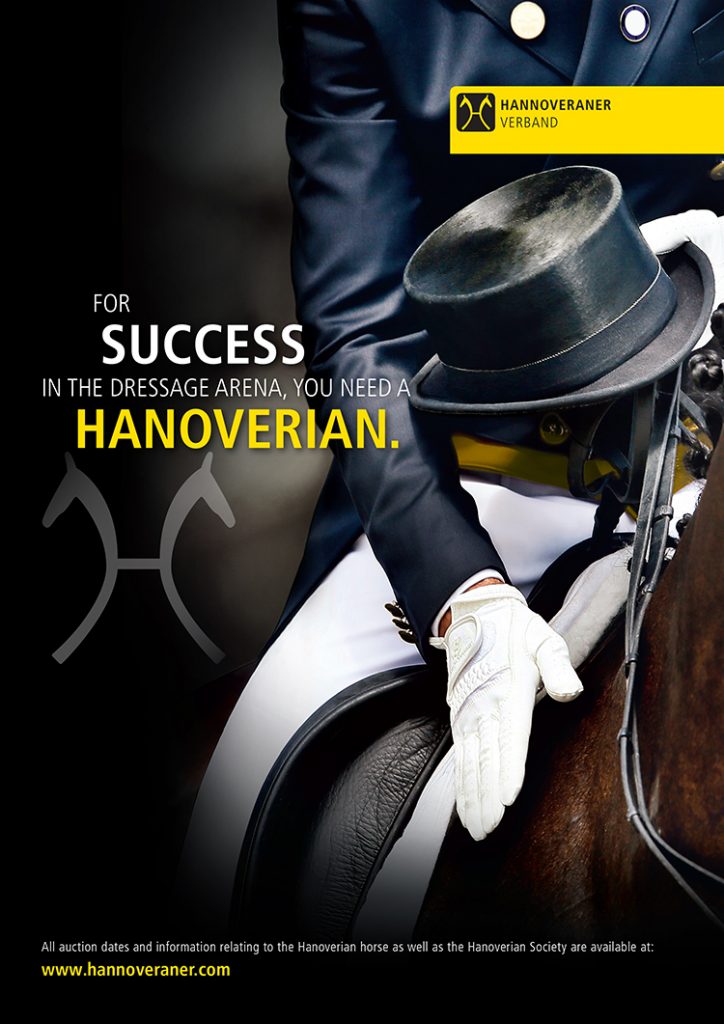
One thought on “Collection: The Fourth Building Block of Classical Dressage”
Comments are closed.